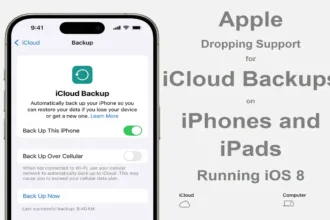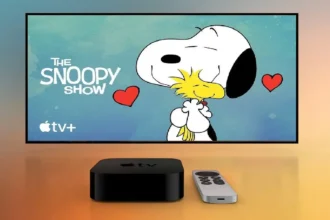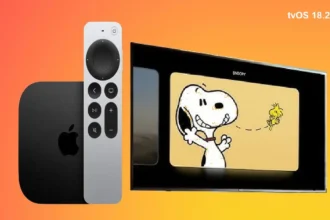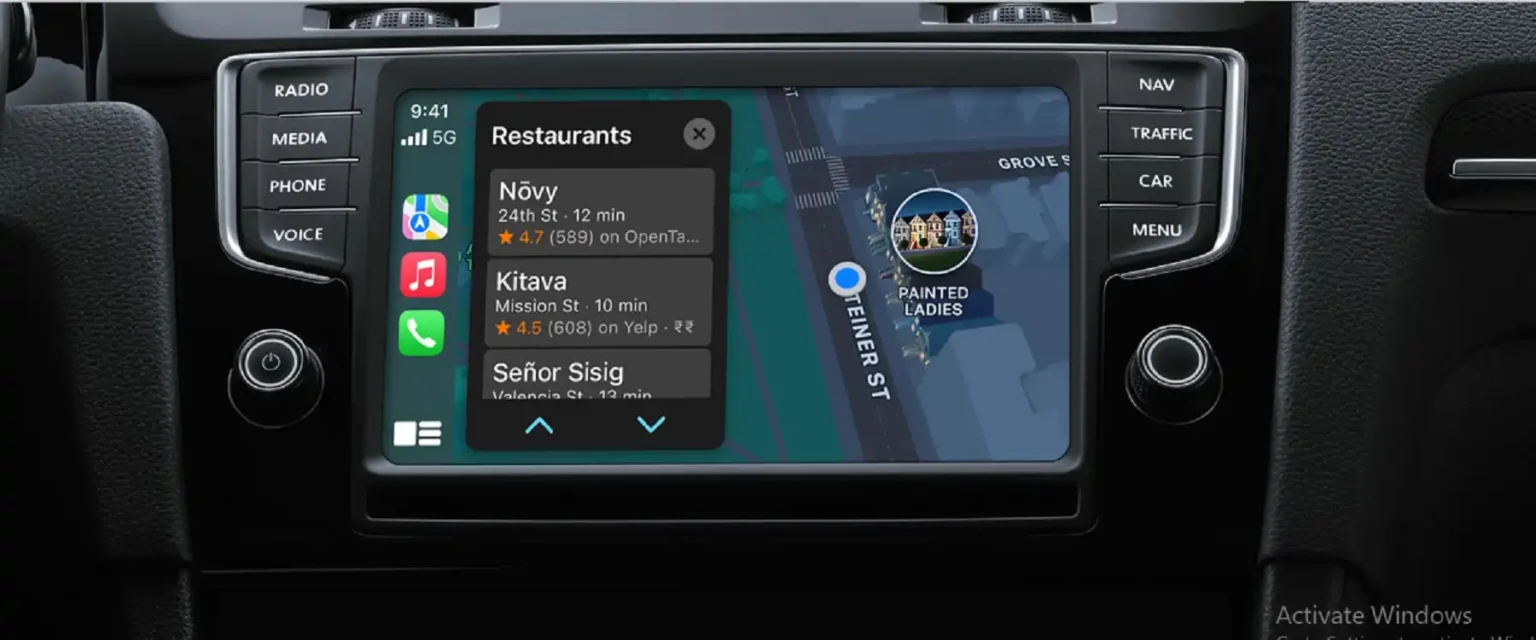Apple is set to make a innovative leap with its next-generation CarPlay. Scheduled for launch in 2024, this innovative system promises to transform how we interact with our vehicles, offering a level of integration and customization that was once the stuff of science fiction. From taking over your entire dashboard to controlling core vehicle functions, Apple Next-Generation CarPlay is poised to redefine the driving experience. Let’s discuss in details about what this exciting technology has in store for drivers and how it might shape the future of in-car interfaces.
Recent Released: Apple Seeds visionOS 2 Beta 9 – What’s New
The Evolution of CarPlay: From Infotainment to Full Integration
A Brief History of CarPlay
Since its introduction in 2014, Apple CarPlay has become a staple feature in many vehicles, allowing drivers to seamlessly connect their iPhones to their car’s infotainment system. The current version of CarPlay primarily focuses on providing access to navigation, music, messages, and calls through a familiar iOS-like interface on the car’s central display.

The Next Big Leap
Apple next-generation CarPlay, first unveiled at WWDC 2022, represents a quantum leap in functionality and integration. No longer confined to the central infotainment screen, this new iteration aims to take over every display in your vehicle, including the instrument cluster behind the steering wheel.
Key Features of Next-Generation CarPlay

1. Multi-Display Domination
One of the most striking features of next-gen CarPlay is its ability to extend across all screens in a vehicle. This means:
- Instrument Cluster Integration: Essential driving information like speed, RPM, fuel levels, and engine temperature will be displayed through CarPlay’s interface.
- Center Console Control: The main infotainment display will continue to host CarPlay, but with enhanced capabilities and deeper integration with vehicle systems.
- Passenger Display Support: For vehicles equipped with passenger-side screens, CarPlay will extend its functionality to these displays as well.
2. Unprecedented Vehicle System Control
Next-gen CarPlay goes beyond mere display integration, offering direct control over various vehicle functions:
- Climate Control: Adjust temperature, fan speed, and other HVAC settings directly through the CarPlay interface.
- Seat Adjustments: Modify seating positions without leaving the CarPlay environment.
- ADAS Management: Control advanced driver-assistance systems through a familiar Apple interface.
3. Customization and Personalization
Apple is putting a strong emphasis on customization with next-gen CarPlay:
- Instrument Cluster Themes: Choose from various gauge designs and layouts to suit your preferences or match your vehicle’s brand aesthetic.
- Widget Support: Customize your displays with widgets for at-a-glance information on trip duration, fuel economy, weather, and more.
- Brand-Specific Designs: Automakers can tailor the CarPlay experience to reflect their brand’s unique style and functionality.
4. Enhanced Notifications and Information Display
Next-gen CarPlay aims to keep drivers informed without distraction:
- Integrated iPhone Notifications: Receive important notifications from your iPhone directly on your vehicle’s displays.
- Vehicle Status Alerts: Get real-time updates on tire pressure, oil levels, and other critical vehicle information.
- Contextual Information: Access relevant data like calendar events and weather forecasts seamlessly integrated into your driving experience.
5. Wireless Connectivity
Unlike current CarPlay, which supports both wired and wireless connections, next-gen CarPlay will operate exclusively wirelessly, streamlining the connection process and reducing cable clutter.
The Impact on Driving Experience
Next-generation CarPlay is set to revolutionize how we interact with our vehicles in several key ways:

1. Unified Interface
By extending across all displays, next-gen CarPlay offers a cohesive and familiar interface throughout the vehicle. This unified experience can reduce the learning curve associated with new vehicles and make switching between different cars a more seamless experience for drivers.
2. Reduced Distraction
With essential information and controls integrated into a single, familiar interface, drivers may find it easier to access the features they need without taking their eyes off the road for extended periods. The customizable layouts also allow drivers to prioritize the information most important to them.
3. Personalized Driving Environment
The high level of customization offered by next-gen CarPlay allows drivers to create a personalized cockpit experience. From choosing gauge designs to arranging widgets, each driver can tailor the interface to their preferences, potentially increasing comfort and satisfaction behind the wheel.
4. Seamless iPhone Integration
For iPhone users, next-gen CarPlay will provide an unprecedented level of integration between their mobile device and their vehicle. This could make features like hands-free calling, message dictation, and music control even more intuitive and accessible.

5. Future-Proofing Vehicles
As software becomes an increasingly important part of the automotive experience, next-gen CarPlay’s deep integration could allow for more frequent updates and new features, potentially extending the technological lifespan of vehicles.
Manufacturer Support and Adoption
The success of next-generation CarPlay will largely depend on adoption by automakers. As of now, several manufacturers have expressed interest or committed to incorporating the technology:
| Confirmed Manufacturers | Interested Manufacturers |
| Porsche | Acura |
| Aston Martin | Audi |
| Ford | |
| Honda | |
| Infiniti | |
| Jaguar | |
| Land Rover | |
| Lincoln | |
| Mercedes-Benz | |
| Nissan | |
| Polestar | |
| Renault | |
| Volvo |
Confirmed Models
While many manufacturers have shown interest, only a few have confirmed specific models that will feature next-gen CarPlay:
- Aston Martin: The DB12 coupe and DB12 Volante convertible will be among the first to showcase the new technology.
- Porsche: While specific models haven’t been announced, Porsche has committed to integrating next-gen CarPlay across its lineup.
Industry Skepticism
Despite the excitement surrounding next-gen CarPlay, some automakers remain skeptical about relinquishing control over their cockpit systems to Apple. The level of integration required for next-gen CarPlay represents a significant shift in how car manufacturers approach in-car technology, and some may be hesitant to cede this much control to a third party.
Challenges and Considerations
While next-generation CarPlay offers exciting possibilities, it also presents several challenges and considerations:
1. Hardware Requirements
The deep integration of next-gen CarPlay will likely require specific hardware configurations in vehicles. This means that older models and even some current models may not be compatible with the new system.
2. Automaker Cooperation
For next-gen CarPlay to reach its full potential, it will require close cooperation between Apple and automakers. This includes not only technical integration but also agreement on design philosophies and control over various vehicle systems.
3. Privacy and Data Concerns
With CarPlay having access to more vehicle systems and data, questions about data privacy and security will likely arise. Both Apple and automakers will need to address these concerns to gain consumer trust.
4. Impact on Automaker Branding
As CarPlay takes over more of the in-car interface, some automakers may worry about losing brand identity or differentiation in their infotainment systems.
5. Potential for Lock-In
The comprehensive nature of next-gen CarPlay could potentially make it more difficult for users to switch between iOS and Android devices if they become accustomed to the Apple ecosystem in their vehicles.
The Future of In-Car Interfaces
Next-generation CarPlay represents more than just an update to an existing system; it’s a glimpse into the future of how we might interact with our vehicles. As cars become more connected and software-defined, systems like next-gen CarPlay could pave the way for:
- More Personalized Driving Experiences: Vehicles could adapt to individual drivers’ preferences instantly.
- Over-the-Air Updates: Regular software updates could add new features and improve existing ones, much like smartphone updates.
- Ecosystem Integration: Deeper connections between vehicles and other smart devices in our lives, from homes to wearables.
- AI-Driven Interfaces: As AI technology advances, in-car systems could become more predictive and adaptive to drivers’ needs.
Finally
Apple next-generation CarPlay represents a bold step forward in the evolution of in-car technology. By offering unprecedented levels of integration, customization, and control, it promises to transform the driving experience in ways we’re only beginning to imagine. As we look towards its launch in 2024, it’s clear that next-gen CarPlay has the potential to not only change how we interact with our vehicles but also to influence the broader automotive industry’s approach to in-car technology.
While challenges remain, particularly in terms of manufacturer adoption and hardware requirements, the potential benefits of a more integrated, intuitive, and personalized driving experience are immense. As cars continue to evolve into sophisticated computing platforms on wheels, systems like next-gen CarPlay may well become the standard by which all in-car interfaces are judged.
For drivers, the future looks bright, with the promise of a more connected, customizable, and user-friendly in-car experience just over the horizon. As we wait for the first next-gen CarPlay-equipped vehicles to hit the roads, one thing is certain: the way we think about and interact with our cars is about to change dramatically.






